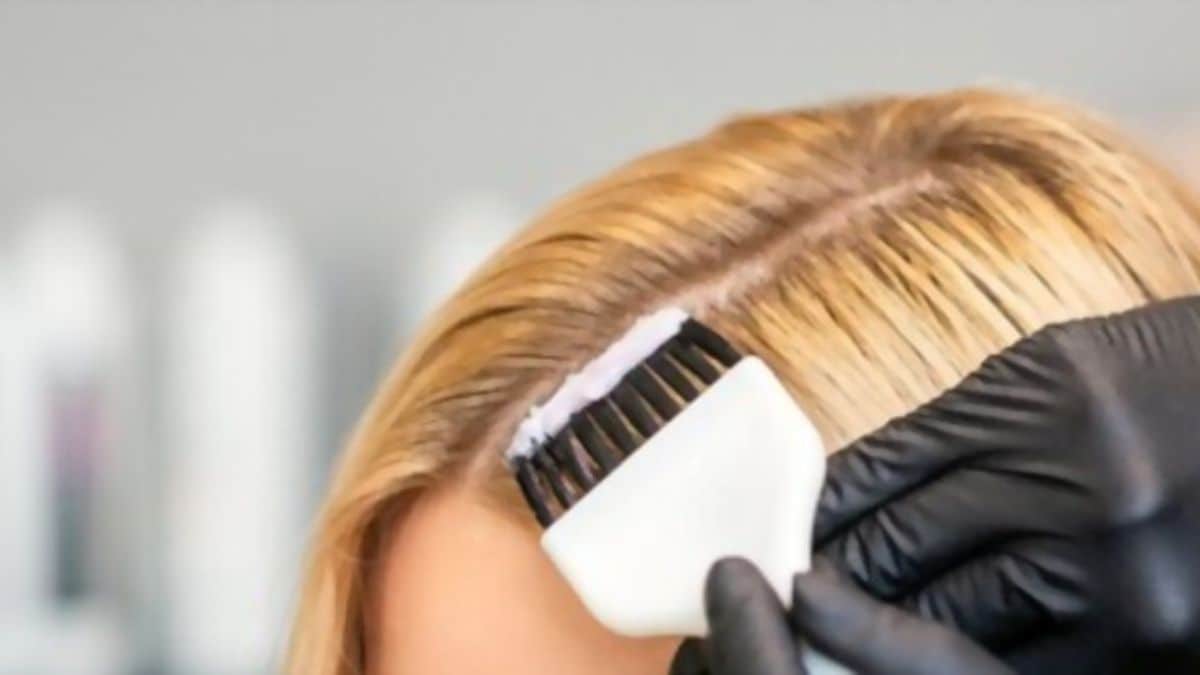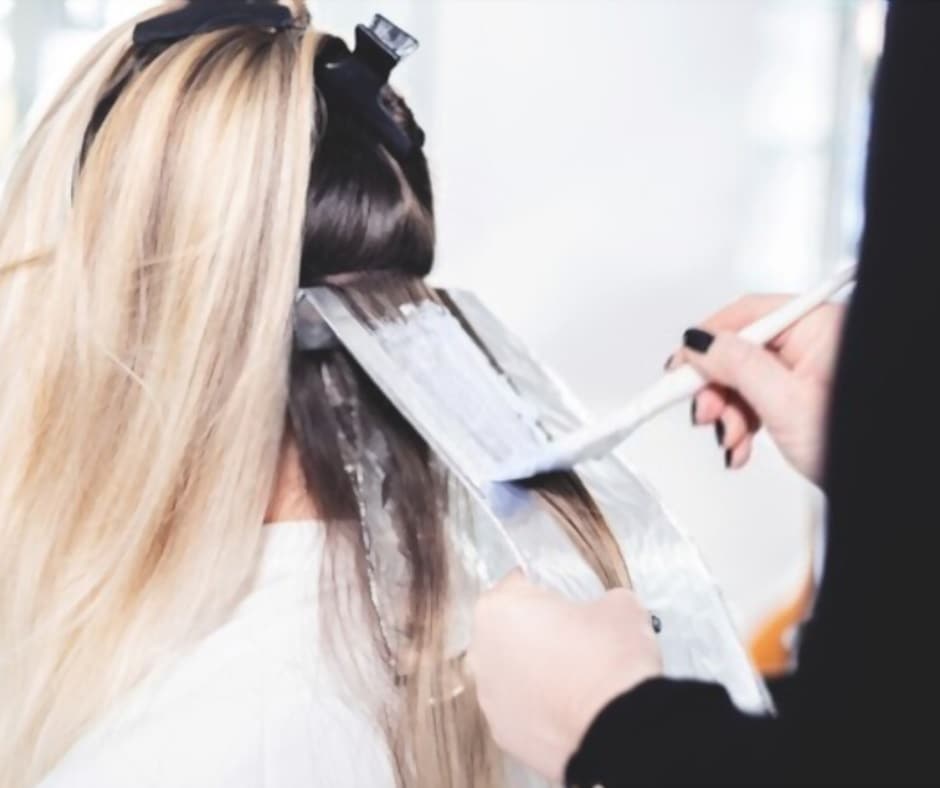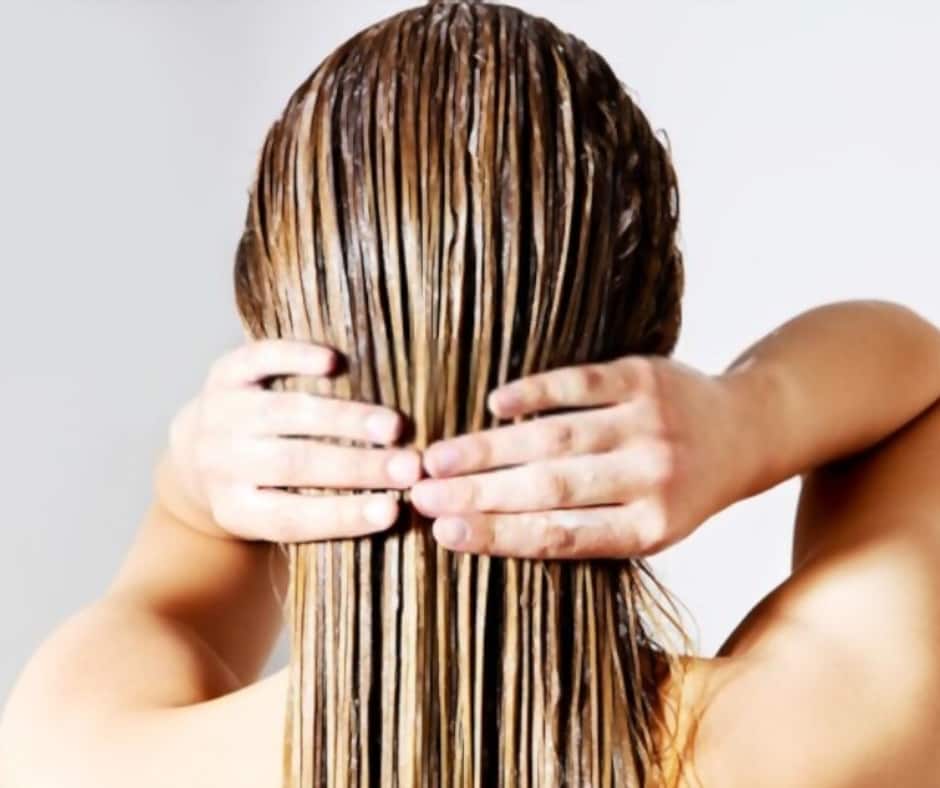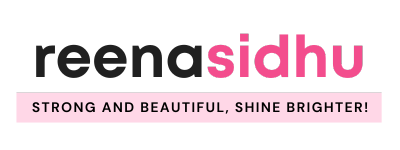How Long to Wait in Between Bleaching Hair

If you have badly damaged hair, experts suggest waiting at least a month before bleaching it again. If your hair is safe, you can bleach it again in a week or ten days if you prepped it properly and followed a good hair care routine.
The trick is to give your hair time to heal from the harsh bleaching process before getting another one. If your hair has been badly damaged due to a lack of commitment to your hair care routine, you should refrain from bleaching for the next six months until your hair has healed naturally. You can bleach your hair after a week if your hair is good and you do all you can to keep it hydrated.
Furthermore, you should think about the procedures and manipulations you just did to your hair, such as perming and straightening, because these have an effect on the health of your hair.
If your hair is safe but has recently been chemically straightened, you must wait at least two weeks before receiving another bleach treatment. Straightening and perming chemicals weaken the strands as well.
How Bleaching Works—and Why It’s an Aggressive Process to Your Hair?

Bleach is known as an “offensive” cleaning agent for a reason. It dyes the hair by dissolving the pigment and opening the cuticle (melanin). The more time you have it on, the more protein bonds (keratin) are broken down. Ammonia and hydrogen peroxide are the two most commonly used bleaches.
How to Care for Damaged Hair—and Prep It for Next Bleaching
Maintain a healthy hair care routine by deep conditioning your hair.
Do some damage control if you’ve already over-processed your hair. Hydration is crucial for bleached hair because it helps to prevent more damage from harsh manipulation and heat.
Coconut oil and deep conditioner are recommended by experts for nourishing your strands. Do you know that bleaching your hair will permanently lift your hair cuticles, resulting in brittle, inflexible hair?
Dryness, brittleness, and split ends are some of the obvious symptoms of damaged hair. When it comes to damage management, there is no one-size-fits-all solution, but deep hydration will help.
Stop over-washing the hair, which strips it of its natural oils, as well as harsh clarifying shampoos. Although deep conditioning treatments will help, you should try to repair some of the damage before your next bleaching session.
Do you know that after bleaching your hair, you can immediately deep condition it?
If you bleach your hair at night, it will most likely be dry, brittle, and rough in the morning. Your hair would be more manageable and healthier if you deep condition it the same day you bleach it. In order to strengthen your hair before the next bleaching session, you must also be consistent with your hair care routine.
Get your hair products as natural as possible
Natural items would have less toxic additives and preservatives, which will help the bleached hair heal. Do you know that aloe vera, coconut oil, castor oil, argan oil, sunflower oil, banana, olive oil, avocado, and honey can be used to make your own hair mask? These natural hair products have hydrating properties that will benefit your hair.
Coconut oil, according to reports, aids in the reduction of protein deficiency and the prevention of damage caused by constant manipulation. Additionally, butter, egg yolk, and mayonnaise are high in amino acids and oils, making them ideal for use as the main ingredients in your hair mask.
Choose a gentle shampoo and lower the water temperature
Do you know the bleached strands get dehydrated faster? Choose gentler hair products instead of clarifying shampoos that just strip the hair of its natural moisture.
You might also consider using natural and organic shampoos to strengthen and improve your hair. Heat just strips the natural oils in your hair and skin, so lukewarm water is preferable to a hot shower.
Instead of using heat styling equipment, try out some new hairstyles
Since your hair has already been drained of natural oils and moisture after the first bleaching process, you should avoid doing something that will further dehydrate it.
Your hair would be further damaged by using a flat iron, hairdryer, or curling iron. Instead of curling your strands with a curling iron, try a heat-free solution like twisting your hair into a bun and letting it curl naturally after a few hours.
You can also go for fishtail braids, waterfall braids, French braids, and other styles that will keep you cool while still looking stylish.
Keep your hair safe from the sun and chlorine
Sun exposure can be avoided by using a heat protectant on your hair and wearing a scarf or wide-brimmed hat. When swimming, however, keep in mind that chlorine can be toxic to your hair.
If you’ve recently bleached your hair, cover it with a shower cap before going to the pool, or miss it for a few weeks and limit your time outside.
It may take a lot of work to get the color you want, but taking care of your hair will pay off. You can turn your hair without causing harm if you follow our hair bleaching tips.
What should I do immediately after bleaching my hair?
When you have naturally dark hair, going light has a big effect, and not just in terms of your new look. When you use bleach, your hair suffers greatly. Even though it’s only a couple of shades lighter. Bleaching your hair weakens and compromises the cuticles of your hair, resulting in a brittle, rough texture. That isn’t to say that dark-haired beauties can’t go blonde. It simply means that your bleached hair needs some extra attention. We’ve got all the tricks, treatments, and tips you need to keep your color vibrant and your hair hydrated and less damaged.
What happens to your hair when you use bleach?
Alkaline agents, which are lighteners, cause the hair to swell and open the cuticles during the bleaching process. The alkaline agents penetrate the hair’s cortex and dissolve the natural pigments known as melanin until the cuticles grow. Bleach must break down the natural fatty acids in your hair shafts in order to remove the dark pigments, making your hair brittle. The cuticle continues to extend until it is fully open and nothing can hold it together. Finally, the cortex is revealed, split ends emerge, and your hair is damaged, which can make it look unhealthy.
After Bleaching, How to Rehydrate Your Hair
The tips, tricks, and hair care treatments mentioned below will assist you in beginning to fix your damaged hair.
Hair should be washed less often
Your hair is thin and prone to breakage in the first three weeks after a bleaching procedure (and this is especially the case for wet hair). Shampoo removes even more of the natural oils needed for hair growth and health from the cuticle. On non-wash days, wear a shower cap and wash your hair every three or four days. By adding a dry shampoo into your hair care routine, you can extend the time between washes as much as possible.
More condition
Washing your hair less often does not imply that you should abandon your hair care routine entirely. Since bleaching your strands causes them to become extremely dry, it’s important to replace your shampoo with hydrating conditioners and deep conditioners. This helps to restore strength and shine to your hair by filling in the excess porosity. Stock up on hair moisturizers to keep your locks hydrated.
Make use of a hair mask

If your hair has been bleached, you can use a repairing hair mask once a week. While you’re watching Netflix, soak your strands (especially the ends) in a hydrating mask. Alternatively, try one of these super-hydrating DIY hair masks for damaged hair.
Coconut Oil Hair Mask (DIY)
Warm two tablespoons of coconut oil and add to damp or dry hair. Wear it overnight wrapped in a microfiber towel or an old t-shirt. Rinse the mask with your favorite shampoo in the morning and let it dry. We suggest wearing this mask for at least seven hours if you don’t want to sleep in it.
Honey and Olive Oil Hair Mask (DIY)
Whisk together three tablespoons of olive oil and one tablespoon of honey until smooth. If the mixture is already sticky, add more olive oil. Before separating your hair into parts and applying the mixture, wash it with shampoo and allow it to dry completely. Allow it to sit for about 30 minutes before rinsing it off.
Yogurt Hair Mask (DIY)
To add shine and smoothness to damaged strands, mix one cup of yogurt with a tablespoon of olive oil. Apply the mixture to your hair and leave it on for 10 minutes before rinsing it off with warm water.
Hair Mask with Brown Sugar and Coconut Oil (DIY)
Combine two tablespoons of brown sugar and one tablespoon coconut oil in a small mixing bowl. After shampooing, work the mixture into the hair, concentrating on the scalp. After rinsing, apply your favorite conditioner.
After you’ve washed your hair, gently dry it
This step is particularly important if your hair is prone to breakage. Swap out your cotton bath towel for a lighter alternative, such as a microfiber hair towel or an old t-shirt. These options absorb excess water without roughing up the cuticle or breaking it. Instead of rubbing your hair smooth, gently pinch or scrunch it, and be careful when combing.
Keep brassiness to a minimum
Switching out your usual shampoo with a purple-tinted shampoo every other week is a must for someone with blonde hair (and a key tool for every hairdresser). This will remove any brassiness, which is the unnecessary warm tones that appear in bleached hair.
Incorporate a hair oil into the mix
Nourishing hair oil can be used as a pre-and post-shower treatment to hydrate and protect roughed-up cuticles from the bleaching process. It will also make your hair shine and keep frizz at bay. Since bleach tends to dry out hair, products with a high fatty acid content, such as argan oil, can deeply condition frizzy hair.
Heat styling isn’t necessary
You’re exposing dry, fragile strands to even more harm if you use hot tools on bleached hair. Allowing your hair to air dry is the safest option, but if you really must blow-dry it or use other hot products for styling, you must use a protective blowdry primer for hair first.
For a hair loss treatment, visit your stylist
Your hairstylist will normally apply a hair gloss treatment after your initial bleaching session to seal and preserve your color while also adding shine. Smoothing out rough cuticles and filling in any gaps in the hair shaft is how a hair gloss works. A gloss treatment will revive the color of your strands if they are dry and lifeless.
Make use of a keratin sealer
Keratin is a hair protein that seals the cuticles, giving the hair a shinier appearance. Keratin also prevents split ends by strengthening hair fibers. If you’ve had hair trauma from going blonde, start using a keratin sealer on a regular basis.
After you’ve bleached your hair, here are some more lifestyle suggestions for rehydrating it

A few basic lifestyle changes will also help to restore hydration to your strands:
Increase your water intake
Drinking more water is typically the solution to most beauty problems. Make sure you’re getting enough water in your body to keep it hydrated from the inside out. So, how much fluid does a normal, healthy adult in a temperate climate require? According to experts, the acceptable daily water consumption for men is 15.5 cups and 11.5 cups for women.
Make dietary changes
What you eat has a significant impact on your hair’s wellbeing. Salmon is unsurpassed in the beauty department for balanced, hydrated strands. It’s rich in omega-3 fatty acids, protein, vitamin B12, and iron, all of which nourish and shine your strands. Blueberries and kale, which are high in antioxidants and vitamin B7, are also important for healthy hair.
When washing your hair, use colder water
When washing your hair, use lukewarm water to avoid stripping the moisture from your hair.
When rinsing out your conditioner, finish with a blast of cold water. This locks in moisture and adds shine by sealing your hair’s cuticles and the pores in your scalp.
Sun protection for your strands
Your hair, like the rest of your body, needs to be protected from the sun’s strong (and drying) rays. If you plan on spending time in the sun, wear a hat and look for hair products with SPF to shield your hair and scalp from the sun’s harmful UV rays.
Chlorine-resistant hair
Once the bleach has weakened the integrity of your strands, each subsequent dip will only degrade them further. Chlorine may also cause bleached hair to turn green. Before entering the pool or any other chlorinated water source, rinse your hair with cool water. After spending hours in chlorinated water, rinse your hair thoroughly.
Use silk pillows
It’s important to safeguard your brittle, dry strands when you sleep. Cotton pillowcases and hair scarves are much worse on hair than silk pillowcases. Hair glides against silk while clinging to cotton, protecting your hair follicles from further damage. Friction is created, which leads to breakage. Cotton even absorbs moisture from your hair, making it much drier.
Trim your hair often
The less likely those tresses are to become dry and brittle, the more you can keep them in check by trimming off the damage. Trimming your hair on a regular basis keeps it safe and solid.
Instead of going for all-over hair color, try balayage
Balayage highlights are kinder to your hair than all-over hair dye (and a lot easier to maintain). If your hair is dry, instead of going fully blonde, ask your stylist for balayage highlights.
Frequently Asked Questions:
Can I bleach my hair again after 3 days?
The answer to this is, no! Let your hair rest for at least a week or two before bleaching it again.
Can I bleach my hair two days in a row?
No, you can’t bleach your hair on consecutive days. You might do it, but you shouldn’t. Bleaching your hair involves a chemical process that damages your hair. Since your hair is not made of steel, if you do it two days in a row, it will be severely damaged.
Can I bleach my hair every 2 weeks?
You can wait at least a month before bleaching your hair again if it has been badly damaged. In the meantime, you can nourish your hair on a daily basis. You can bleach your hair again after a week if you want to.
Will bleaching my hair again get rid of the orange?
Figuring out which color toner to use is the tricky part. You’ll need a purple toner if your poor bleach job has turned yellow. Purple shampoo may also be used to counteract the yellow. You’ll need a blue toner if your hair is actually orange.
Will hair fall out after bleaching?
Bleaching causes the hair to become dry, brittle, and inelastic, which is a formula for split ends and hair breakage. Hair is affected by bleaching and highlighting, but it does not fall out as a result. The only way bleaching can cause hair loss is if a chemical reaction occurs.
What do I do if my hair is falling out after bleaching?
Hair loss is much more likely when your hair is affected in this way. Since bleached hair is brittle, it is more prone to damage from styling tools like blow dryers and curlers.
Can I bleach already bleached hair?
Yes, you can bleach your hair again if it was previously bleached. However, you should make sure that your hair is completely healed first.
Is there anything else I need to know about bleaching my hair?
If you have blonde highlights, you must use a lightening shampoo and conditioner. This will protect your hair from fading too quickly.
Do I need to wash my hair before bleaching?
Washing your hair strands removes oil and dirt that could clog the pores and prevent the bleaching agent from penetrating the cortex of your hair. It also helps remove excess product buildup and makes hair healthy.
Conclusion
If you’re unsure if your hair is ready for the next bleach or not, you should seek professional advice. Do you know that simply pulling your hair a little bit will reveal its elasticity? It’s best not to bleach your hair the same week if it couldn’t take its natural shape after stretching it.
